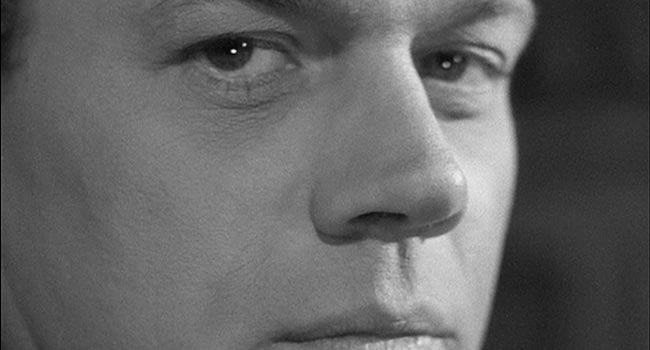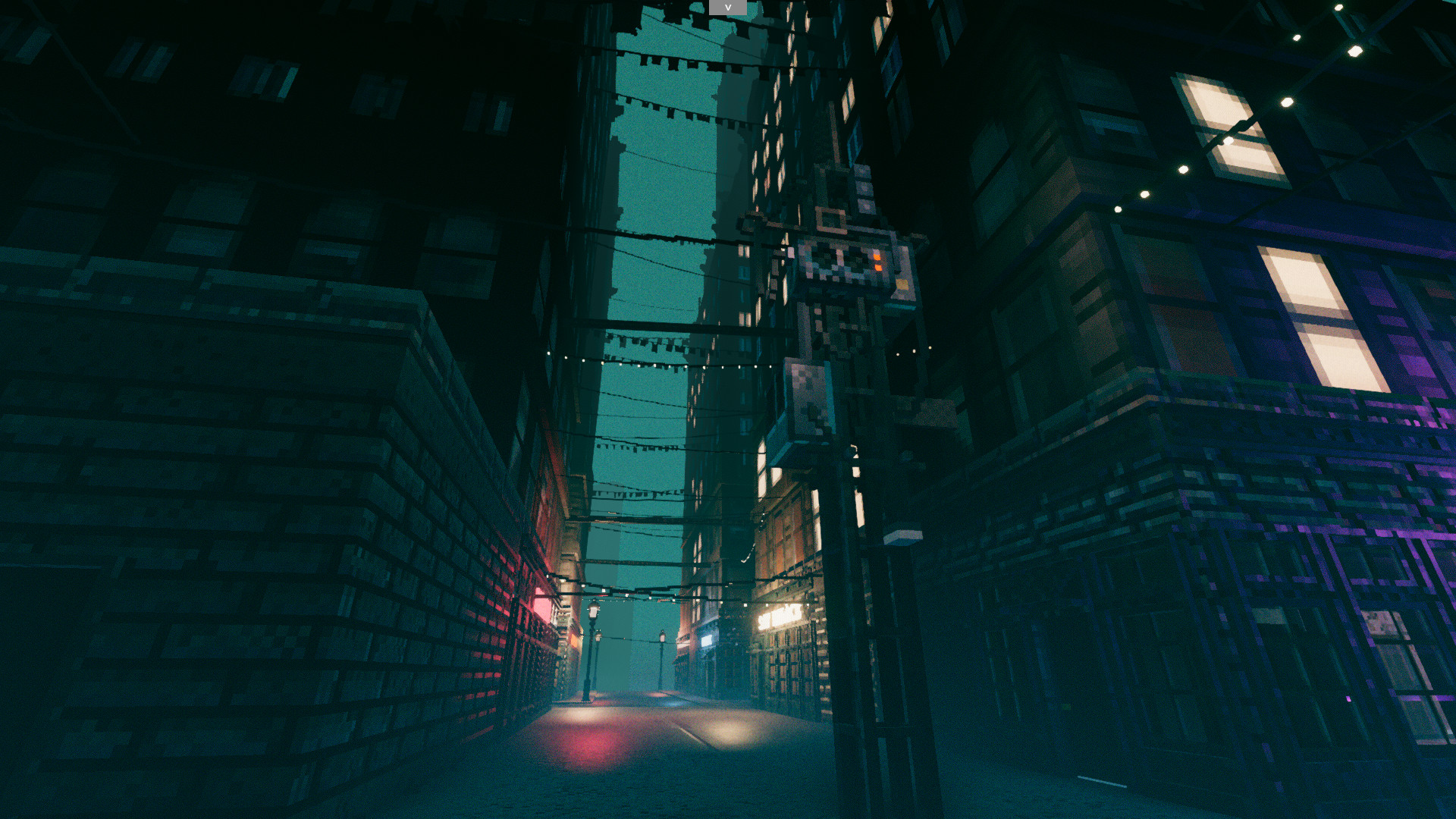


Share your bread with the hungry, shelter the oppressed and the homeless clothe the naked when you see them, and do not turn your back on your own. Our First Reading this Sunday brings this point home, as we hear these words from the Prophet Isaiah: But, on a more practical level, this means the love that we show to one another. Certainly, this means our experience of God’s love and our love for God. With his band of “Lesser Brothers,” Francis shared the light of his faith and the “salt” of his joy to brighten and enhance the world in which he lived.Īt the heart of Jesus’ message and Francis’ mission is love. Saint Francis of Assisi certainly embodied this ideal in his willingness to commit his life wholeheartedly to living out the demands of Gospel poverty and joy in an age when the Church was becoming more and more mired in bureaucracy and the quest for power. We can see what this looks like when we think of so many of the great saints of our faith tradition. Part of this means that we are called to live lives that, like salt and light, enhance the “flavor” of the world and dispel the darkness of fear and doubt. In this Sunday’s Gospel, Jesus uses the image of salt and light to remind his followers of what they-we-are called to be in and for the world. Ultimately, our fear of the dark is a fear of the unknown. But there still remains, in each of us, a certain fear of what may be lurking just beyond the reach of the light or hiding in the shadows. This danger of darkness remained in force until the modern era when street lights and flood lights began to push away the darkness more effectively than anything that we ever had before. To make that even scarier, most of these predators hunted at night-a time of day when we are especially vulnerable to attack because of our relatively poor eyesight.” He continues, “Over the years, this nightly fear became instinctual, and we still experience it today as a form of mild anxiety.” While there have been numerous studies and articles about this in recent years, I like the clear way science writer Josh Hrala summed things up in an article for : “Our ancestors were constantly on the look-out for predators that wanted nothing more than to chow down on human sandwiches. It’s perfectly reasonable, if we stop and think about what was at stake.

In order to stay safe outside of the small ring of light that a fire or, later, a lamp might provide, human beings developed what would become an innate fear of the dark. If so, you might be happy to know that science now has some insights to offer.Ĭenturies and millennia ago, our ancestors lived in a world in which darkness was a time when people were especially vulnerable. Were you afraid of the dark as a child? Are there little ones (or even “grown-ups”) in your life who can’t stand being left in a room with no lights? Just so, your light must shine before others, that they may see your good deeds and glorify your heavenly Father. Nor do they light a lamp and then put it under a bushel basket it is set on a lampstand, where it gives light to all in the house. A city set on a mountain cannot be hidden.


 0 kommentar(er)
0 kommentar(er)
